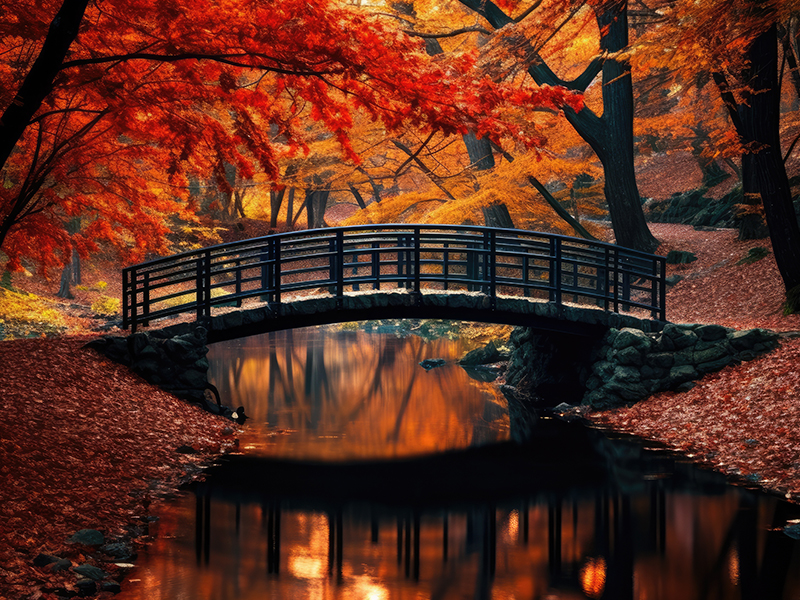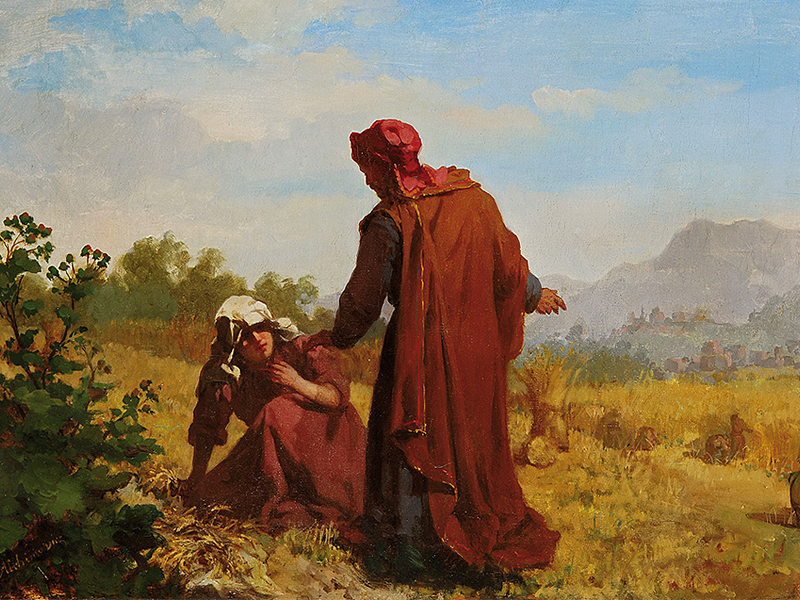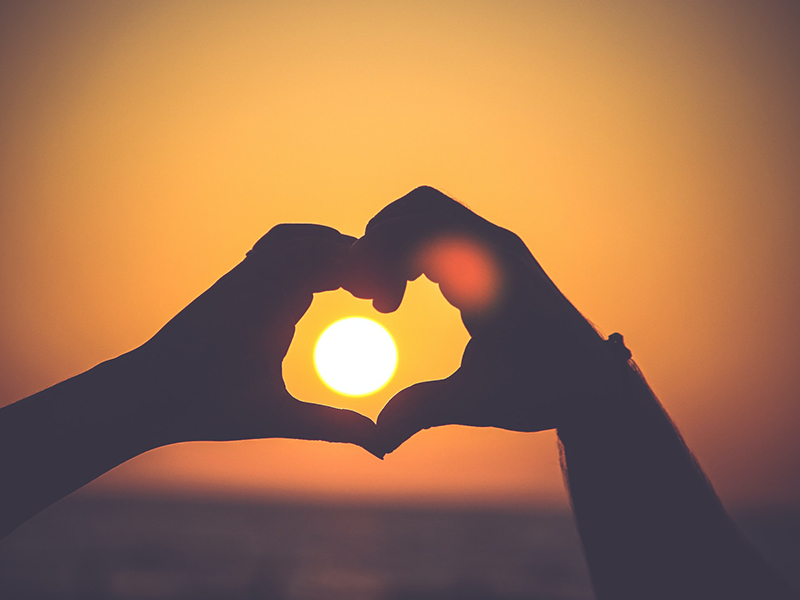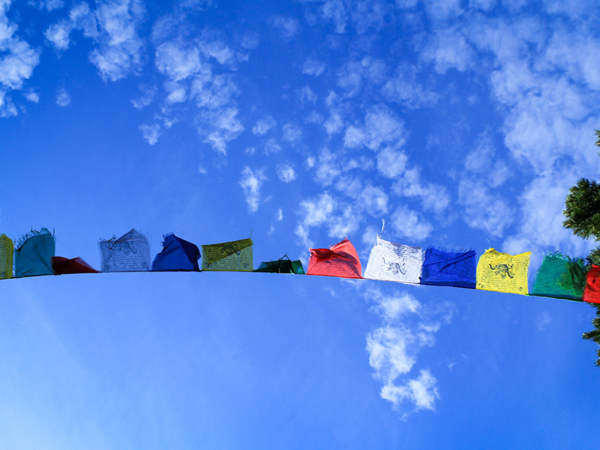
Photo by Frantisek Duris on Unsplash
The end of October is All Hallows, the thinnest of thin times between the different dimensions, when the dead we remember draw near. Paying respect to the those who have died includes many different festivities. Parties and feasts are held and, in some cultures, the dead invited to attend as their lives are celebrated. All Hallows is at the end of the grain and fruit harvests in the northern hemisphere. The land lies fallow and those tending it can rest. It is the beginning of a season of darkness, the balancing energy from the cross-quarter Beltane (Beltaine), May Day’s Fire Festival celebrating fertility.
The observances range from carving turnips and pumpkins to either guide or scare away the dead, to bonfires and bobbing for apples, to Trick-or-Treating in costumes, to the observances of All Souls and All Saints in a church sanctuary or sacred grove. It is the Cross-quarter of the Primal Element AIR, I believe, as Beltane (Beltaine) is Fire and Lughnasadh is Earth. Our lives in this world begin with our first breath of air, and end with our last. Air is the Breath of Life.
Our church altar guild (St. Thomas Episcopal – Denver) creates an outdoor altar dressed with prayer flags, the table holding pens and pencils for people walking by to write down the names they want to remember. Prayer flags are activated by Air – the breeze or wind sending the name and/or prayer into the atmosphere and on to other realms. And on All Souls and All Saints we will hear the names of the dead harvested this year read aloud; people both unknown to us, and people critical to our lives. The names of children, of elders, of pets, of friends, of the famous who guarded or entertained us – are all heard aloud, one after the other, as we stand as able for a very long time.
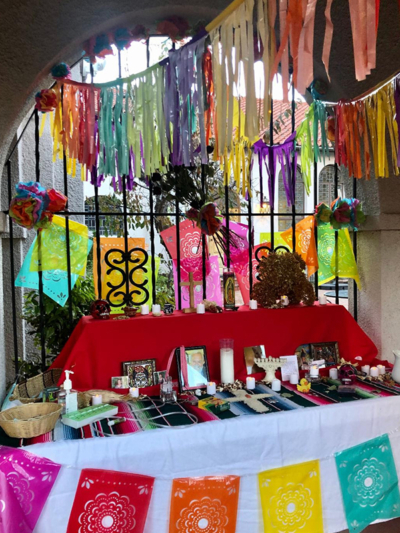
Photo Credit: Morgan Folks Harrower. Permission to use image of outdoor prayer station – Dia de los Muertos
Day of the Dead – Dia de los Muertos
Our view of death, formed in large part from our accepted/rejected cultural complex, shapes our attitude. We have a range: Halloween’s skeleton/scary view, including the Headless Horseman, Herne the Hunter, being stolen by fairies to an opposite end with an afterworld shining with light and beings bringing and singing the soul home.
Some people deny death, some embrace it. Some families strip their savings account to wrap their dead’s body in a coffin; others lay their loved one wrapped in an honor cloth in a hole in the ground. Some cultures cremate bodies; others lift the body on a raised platform, leaving it to the elemental processes. Standing in front of a woman from an Arabic culture when she received word of a death in her family I was shocked to the core as she burst into a kind of shouted wailing, falling backward to be caught or not by those around her. I learned a good response is to gather around, murmuring small consolations as the wailing continued.
My family has more neutral reactions. In my Scottish/Norse family a death is a completion. The dying are tended with care and comfort. When they go it is time for the living to get on with the important things that need doing. Mourning is private; comfort is in taking up the tasks at hand, working together to make the final closure beautiful, and beginning the steps necessary to help the lives of the remaining family evolve.
After my experience with the woman breaking into wails, at the next family death (my aunt) I said to the gathered family “there are other responses to this moment. If we were from many cultures we would cry out and weep.” Heads tilt as the idea is considered – ideas are to be respected. Then my uncle shook his head no, saying “I think not.” And we stood, hugging, gathering coats and bags to begin the work ahead. To our credit we are also expected to live life to the fullest, explore, take risks, celebrate victories, learn from mistakes, love loyally and well.
Death’s Archetypal Reservoir
The archetypal reservoir offers very different views of death. In Classical Greek culture the tradition is to place coins on the eyes of the dead to pay Charon, the boatman, to row the body across the River Styx. The God of the Underworld is Hades, his wife and Queen is Persephone who embodies the winter/spring agricultural cycle. Norse culture gives us the Valkyrie who carry half the bodies of heroes killed in battle to Odin in Vahalla and half to Freyja’s afterlife field, Fólkvangr. All others, evidently, go to Hel, Queen of an unpleasant Underworld.
Many cultures believe their body, or at least their spiritual body, will exist afterwards in a similar world. Sometimes helpful objects are placed with the body, from food to weapons to money. For many there is a crossing over water that the soul navigates, and our grief for that soul aids that journey. Some cultures believe in a final judgment.
Some cultures embrace Reincarnation; Buddhist teaching views life and death as a continuum, with the soul being reborn. Hindu belief has a sense of the soul maturing in each rebirth until it becomes its fullest self.
They are all stories we tell ourselves, based in layers of experience and knowledge. The experience is Earth, grounding, and the story is Air.
“A story is like the wind.
It comes from a far place, and we feel it.”
San Storyteller
(signature quote on Nancy King’s Letters)
Each of us has some attitude towards Death, shaped by our families, religion, and culture. In my life our cultural language, expectations, wishes, hopes have changed dramatically. Now we are encouraged to plan – wills prepared, medical permissions signed, and family discussions held in advance of the event. Celebratory memorial services of many different designs often replace the “funerals” where everyone wore black and long faces.
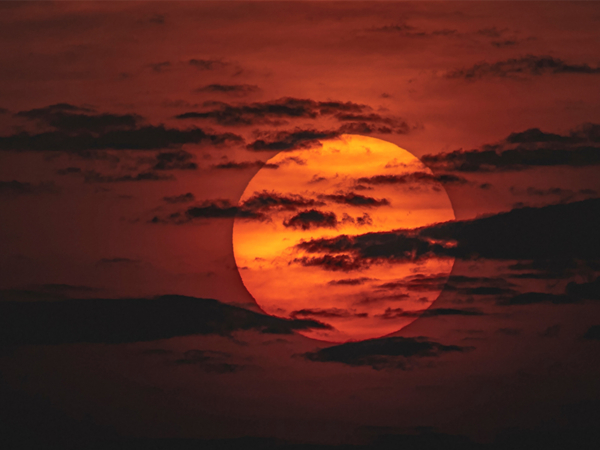
Photo by Ibed Ismal on Unsplash
Death is a Hunter
October is the month of the big, orange Hunter’s Moon, the first full moon after the Harvest Moon, the moon nearest the autumnal Equinox in September. All Hallows is the traditional season for hunting meat in the northern climates; the animal babies born in spring are raised, bodies are fat from summer eating. Generations of hunters in my family have brought home meat preserved for the family table. With an elk we had a lot meat; with a deer or antelope not so much. We are far from remembering or understanding our role as Death the Hunter; many see hunting as cruel. But are we not still Death hunting when we buy meat shrink wrapped in the grocery case? Especially if produced in feedlots from animals who never walked freely in this world? And if we don’t eat meat, we do eat grains and greens who also die to serve our needs. Almost everything on this planet eats something else, and that won’t change when food is mostly grown from cellular technology. To live is to die; to die is to live.
We are classed as predators – hunters capable of bringing death. Our swords and muskets have been replaced by the military-industrial complex President Eisenhower warned us about. Our taxes buy these weapons and pay soldiers to kill in our name. To hide from our role in this genocide doesn’t make it go away. Embrace the fact that, according to the amazing organization Win Without War, the USA has, currently, over 60 war-actions you and I are paying for right now. The USA is a dealer in death.
We might call for more police for crimes, but avoid noticing when the police hunt and kill far more non-white people, and don’t take action to stop that. Non-hunter alternatives like Restorative Justice thrive in some communities – does it in yours?
In our Age of Extinction we can remember the death of the beaver for hats and the buffalo herds for land. Now ivory hunters are killing the rangers that protect the elephant herds. We are hunters killing our planet for comforts – arguing over oil and gas to drive cars and have the comfort of central heating. We are also Restorers, like the beaver in Yellowstone Park and the buffalo on the plains, the rewilding of European rivers and forests. How we live informs our death.
In Muslim culture there is an Angel of Death named Malakul Maut who visits every household five times a day. These visits correspond to times of prayer; five times a day Death observes what is happening – whether you are doing helpful or hurtful actions. On your death day he comes looking forward to greeting you, or he knows he is taking a soul whose life was not well lived.
One has to be ready when Death comes to embrace the saying, “Today is a Good Day to die.”
One of my favorite story-jokes is from a Muslim culture.
A man dreams that today is the day he will die. He rises from his bed, dresses, goes to the stable and saddles his horse. It’s early morning, barely light, and he bribes the guard to let him out of the gate of the city. He rides all day and near dusk he approaches a far distant city, thinking “I escaped my death.” Then he sees Death walking out of the city. Death greets him, saying, “Oh, I’m glad to see you. I wasn’t sure how I was going to find you in time today.”
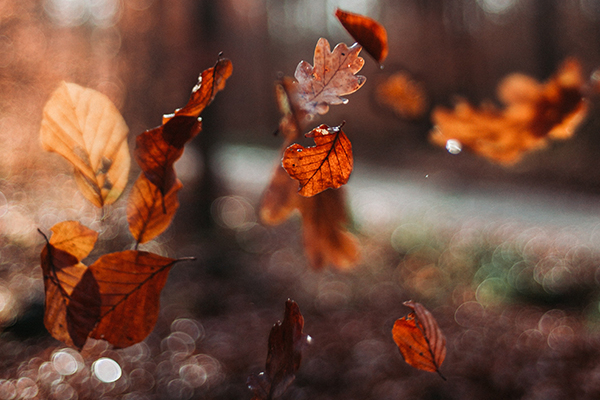
Photo by Oliver Hihn on Unsplash
The Element of Air
As a child I learned a poem by Christina Rossetti titled Who Has Seen the Wind?”
I loved this poem because I could feel the wind, but all I could “see” was the what the wind was doing. I could see it tossing the tree branches, causing leaves to tremble and in autumn fall on the ground creating a rich carpet of humus for the world. I could feel it brushing my face and body as it went by.
Air occupies the area above Earth and Space. We can not see it. We see clouds, smoke and smog – visible patterns of air. We blow dandelion seeds and watch the air carry them away, seeing only the tiny umbrellas. Pigeons come homing, and we see birds migrating on unseen pathways.
It might tempt us to think Air is empty. Instead the space is full of things unseen but felt. A short list of examples:
- Sun, moon and star rays
- Breezes to hurricanes
- Odors
- Electric, phone transmissions
- Magnetic and solar nets and grids
- Latitudes and longitudes
We live among all these unseen occupiers of Air.
When we feel anxious we are told “Breathe” and it works – we calm down. When we mediate we concentrate on our breath. We breathe the element Air from birth to death; we live by its ebb and flow into and out of our lungs.
We don’t see the soul leaving the body with the last breath of life. But when naming the dead at All Hallows we breathe their name into the air, carrying it across time and space. So, when you blow your wish across your next birthday candles, give thanks for AIR, which sustains your life until its end.
I wish you and all your ancestors a blessed All Hallows this year.
….
Of course I hope that you find this blog useful to you. I like it a lot when people let me know what responses the blog elicits, either by email or below in the Comments which includes other readers as well. Send it on to any other you feel may find it useful.
Some questions for you:
Where do your personal beliefs about death come from? Family, culture, other experiences? What are your personal experiences with death and how does that influence your understanding?
Which of the archetypal images of Death attract or repulse you? What other images might I have included?
Do you have your will, your general and medical powers of attorney completed?
Have you thought of or experienced yourself before as Death the Hunter, dealing death through your taxes and giving unquestioned authority to kill to your local police?
Are you living a life where you can say “Today is a Good Day to Die?
How do you celebrate All Hallows?

